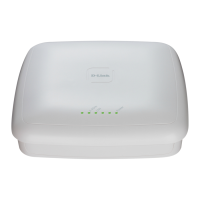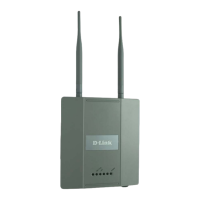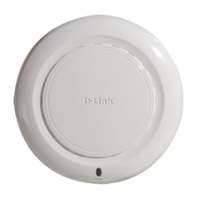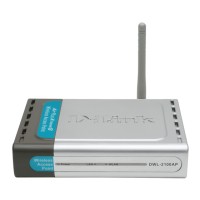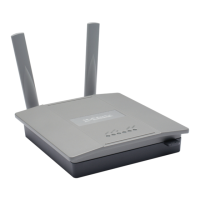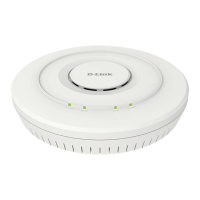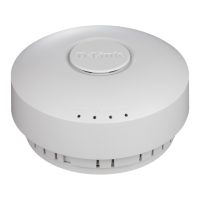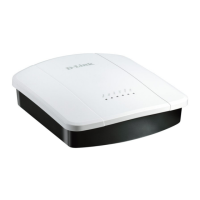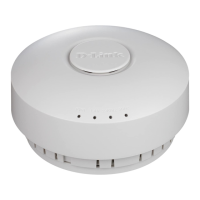This scenario builds on the configuration from Scenario 2. Although some of the
information configured in Scenario 2 does not apply to Scenario 3, you do not need to
delete any of the pre-existing configurations.
In addition to the VLAN, DHCP, ACL and wireless switch configuration performed in
Scenario 2, the configuration for this scenario involves the following steps:
1. Assign a static IP address to AP2 or use a DHCP server on the customer L3
device or configure DHCP Relay on the L3 customer device to point to a DHCP
Server configured on the WLAN switch.
2. Configure two additional VLANs and VLAN routing interfaces.
3. Configure a default route.
4. Add the IP address of AP2 to the L3 discovery list.
5. Configure and enable the L3 Tunnel network on the wireless switch.
6. Apply the updated profile to the APs.
7. Save the configuration.
The following table shows a summary of the interfaces or devices you configure, along
with their IP address and port information. You configure the entries in bold in this
scenario. All other entries were configured in previous scenarios.
Interface/Device IP Address Port
WS Management Interface 10.90.90.90/8 Any unused
WS Loopback Interface 192.168.10.254/32 Logical only
WS L3 Tunnel Interface 192.168.250.254/24 Logical only
WS Interface to L3 Device 172.17.5.253/24 0/24
L3 Device Interface to WS 172.17.5.254/24 L3 device port
FTP Server 192.168.250.x/24 0/21
Audio/Video Server 192.168.250.x/24 0/22
AP1 192.168.20.x/24 0/1
AP2 172.17.6.1/24 L3 device port
Clients on D-LINK-NET1 192.168.100.x/24 Wireless
Clients on D-LINK-NET2 192.168.200.x/24 Wireless
Clients on L-3 Tunnel 192.168.250.x/24 Wireless
3.1 Configuring LAN Settings
All of the features you configure in this section are within the LAN tab on the D-LINK
Wireless Switch.
3.1.1 Configure the VLANs
The summary information for the VLAN configuration is as follows (the bold entries are new for
this scenario, and the grey entries were configured in Scenario 2):
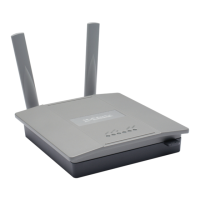
